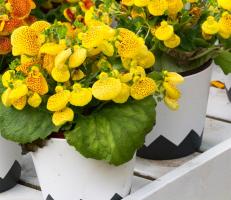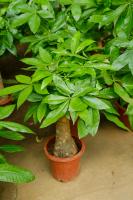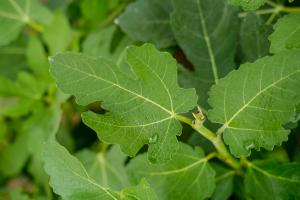1、 Soil
It is best to use rotten leaf soil and garden soil. After mixing the two, you can also add some river sand and base fertilizer

2、 Humidity
It doesn't like a particularly wet environment. If there is a long rainy day, it is easy to be infected, so it's best to move it indoors when it rains. Do not accumulate water in the basin, which will lead to rotten roots.3、 Temperature
The temperature it needs is also relatively low, generally between 15 and 32 degrees. Its ability to withstand high temperature is not good. If the temperature is above 33 degrees, or below 7 degrees in winter, it will enter dormancy, and below 4 degrees, it will be frostbitten or even die

4、 Illumination
It prefers sunshine. If there is not enough light, it is likely to cause its roots to rot and its leaves to fall off. However, if the light is too strong, it is not good for its growth. Therefore, it is best to move it to a place facing the sun in winter and to a cool place from time to time in summer

5、 Fertilizer and water
It doesn't like fat and water, so generally we don't apply it. If the growth is not good, or the leaves turn yellow, add some appropriately, or add rotten fertilizer and water during its growth period
6、 Watering
It takes one or two days from spring to autumn, and ponding is prohibited. Because the temperature is very high in summer, it is easy to enter the dormancy period. At this time, we should control watering and cover the shade. We should sprinkle some water around its basin every day and be ventilated. When winter comes, the water should start to decrease slowly and let the soil dry a little
7、 Pruning
Pruning it is to cut off some branches that are too dense or too long when it grows, so that the plant can grow well. At the same time, it can also accumulate nutrients

 jackfruit
jackfruit snake plant
snake plant hibiscus
hibiscus hydrangea
hydrangea lavender
lavender Green roses climb al...
Green roses climb al... If you don't pay att...
If you don't pay att... Management of four g...
Management of four g...



































